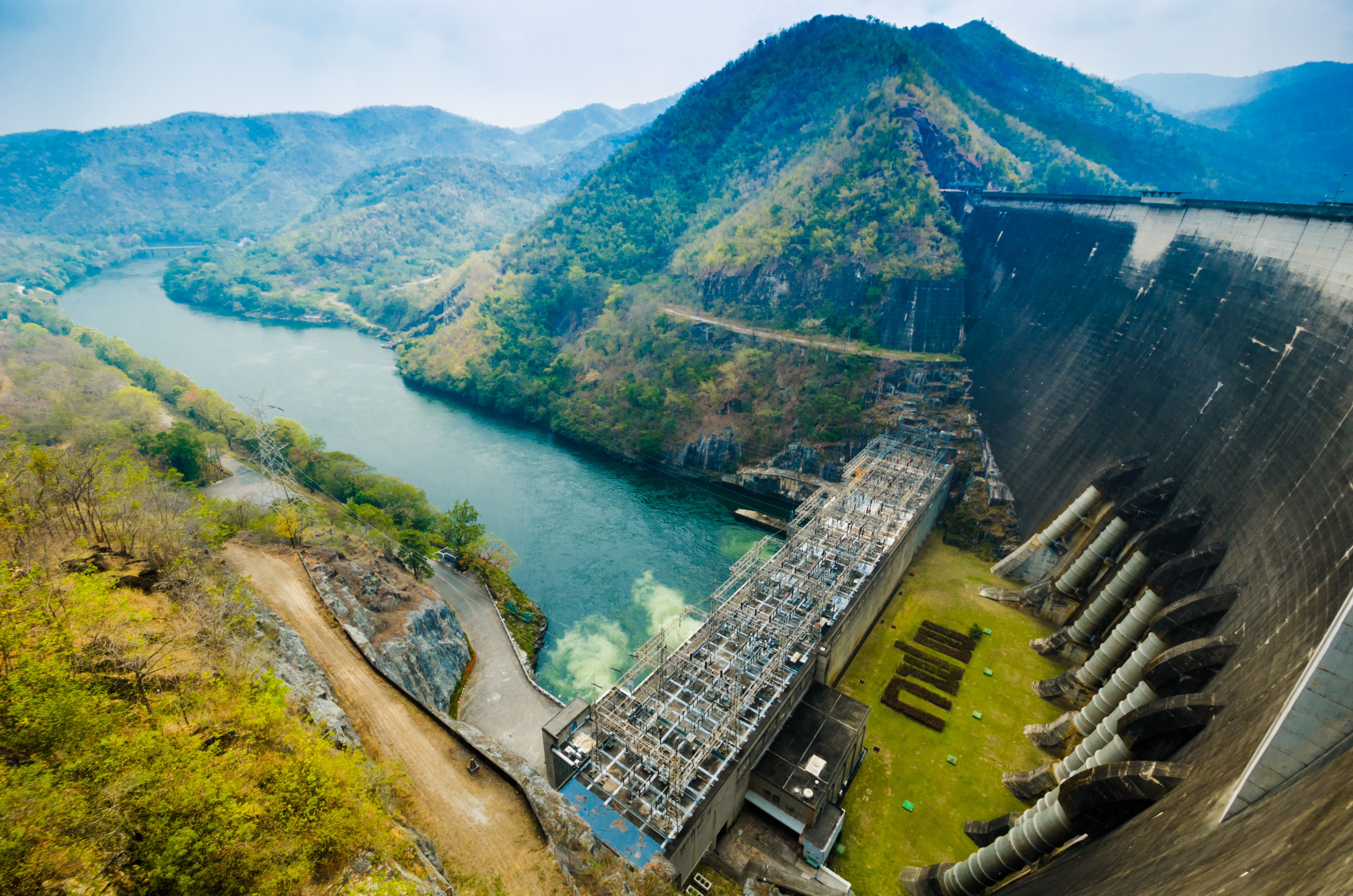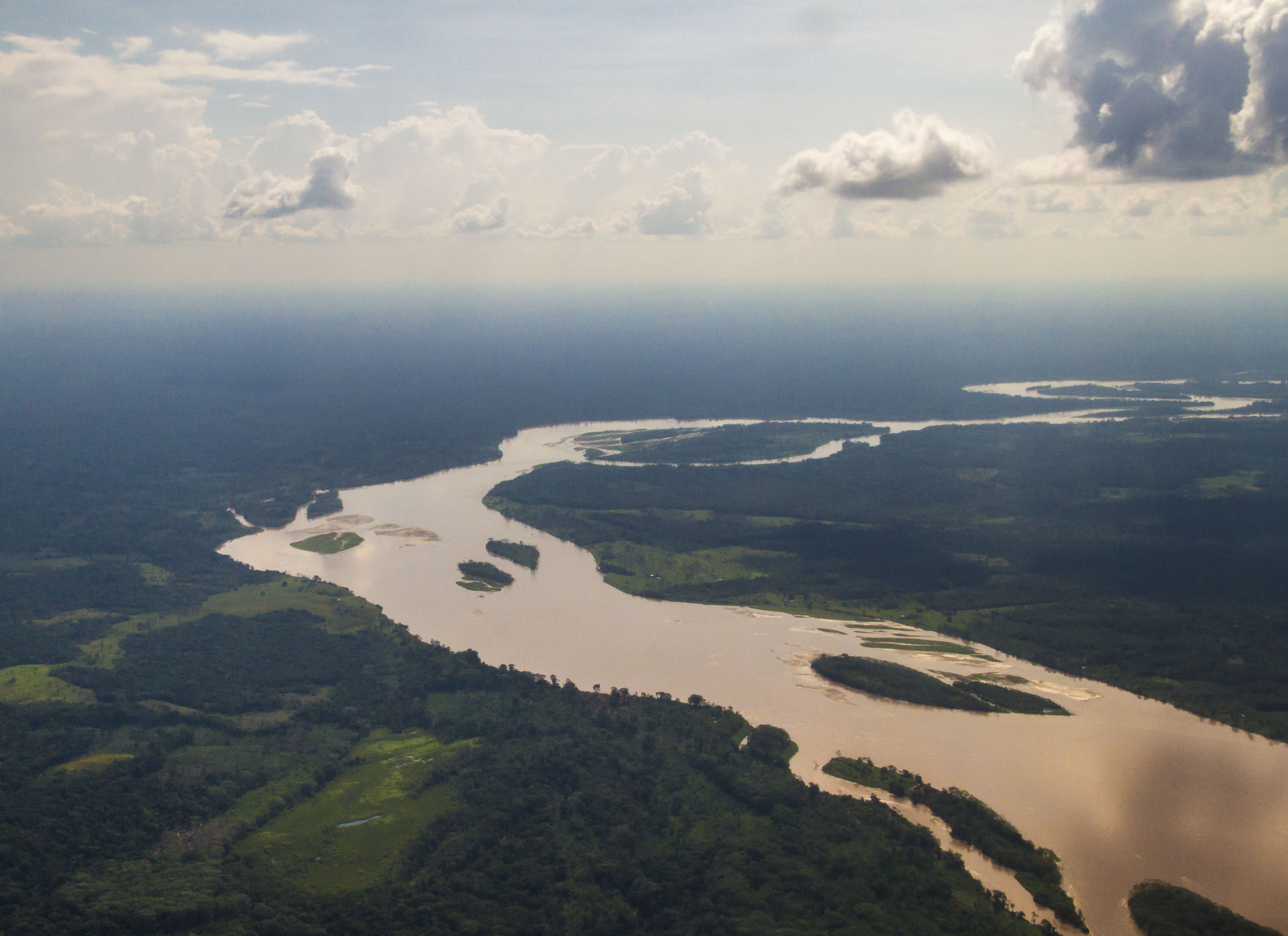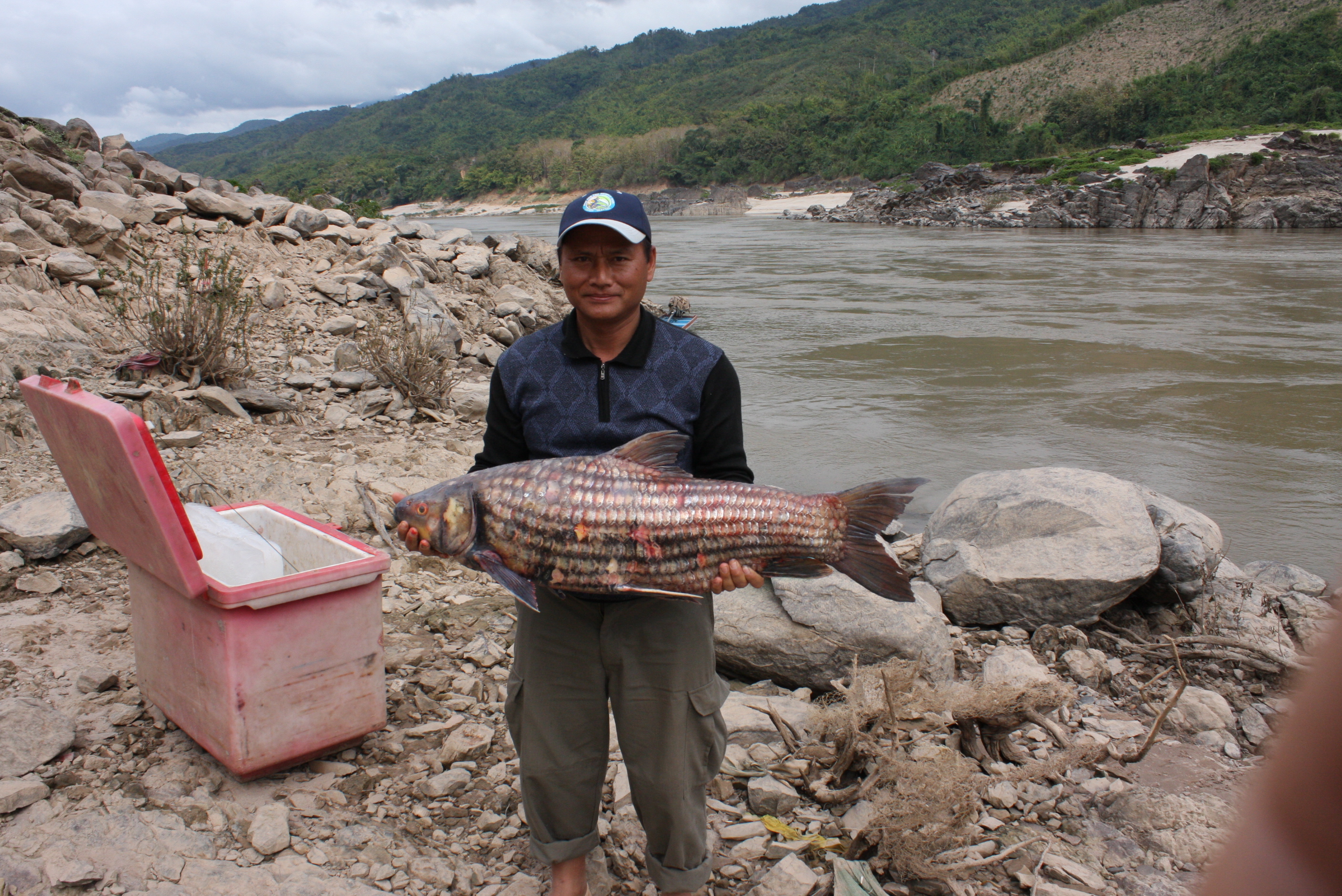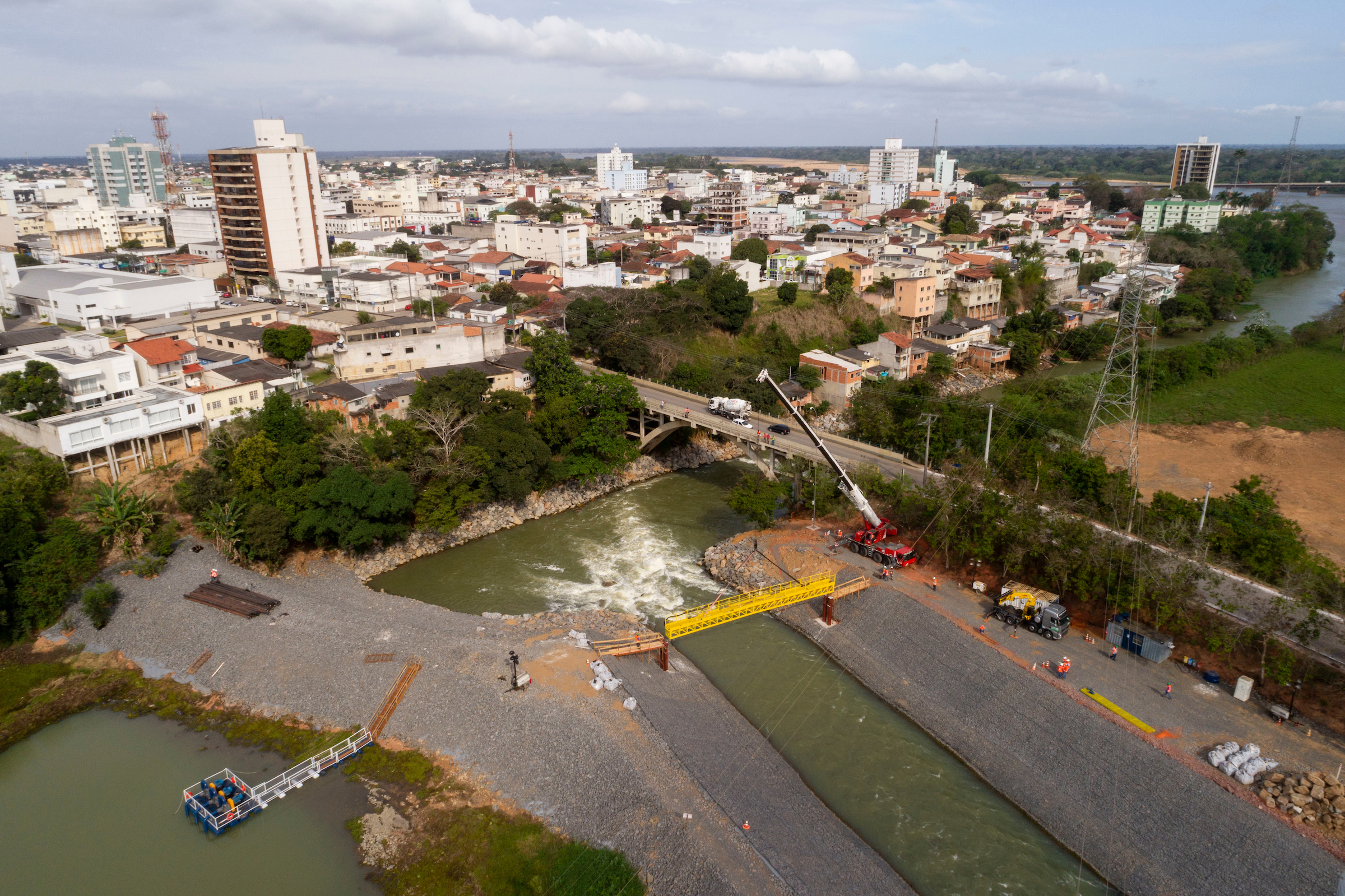One third of the world’s freshwater fish at risk from hydropower dam expansion
A paper released today in Science shows that an unprecedented boom in construction of hydropower dams in the world’s most biodiverse river basins – the Amazon, Congo and Mekong – is placing one third of the world’s freshwater fish at risk.
Findings from the paper “Balancing hydropower and biodiversity in the Amazon, Congo, and Mekong", highlight that whilst the planned construction of around 450 new dams will provide an energy needs solution, there is currently a lack of accounting for the negative impacts to freshwater biodiversity. Insufficient consideration is given to the cumulative impacts from multiple dams in the same watershed and to the economic losses faced by communities who depend on these river systems for their livelihoods.
“Data from the IUCN Red List has helped to reveal the extent of this threat by providing information on the distributions of many of the world’s freshwater fishes” says William Darwall, Head, IUCN Freshwater Biodiversity Unit and co-author of the paper. “The challenge we now face is to ensure this type of information is effectively integrated within decision-making processes for planning and operating hydropower dams in order to minimise the potential threat to these species.”
At least 346 new dams have been proposed in the Amazon river basin and the impacts of these will include not only the direct effects on the rivers and the species within them but also forced relocation of human populations and expanding deforestation associated with new roads.
Six large dams have been built on the upper Mekong since the mid 1990’s and at least 88 more are planned for the basin by 2030. To maintain food security for local populations due to projected fisheries losses, a further expansion of agricultural land between 19 and 63% would be needed.
The authors propose that in order to maximize societal benefits and minimize environmental degradation, more comprehensive and rigorous impact analyses must be mandated prior to the planning, financing and initiation of new dam construction. This should include basin-scale planning that account for cumulative impacts and climate change in order to minimize impacts in these biodiversity rich rivers.
Increasing availability of powerful analytical tools such as Environmental Flows, spatial data on biodiversity and our improved understanding of the ecological functioning of freshwater ecosystems provides new opportunities for governments, funding institutions and dam developers to select suitable sites for dams so as to minimize impacts on natural resources, ecosystem services, and rural communities.
“If the advice given in this policy piece is followed it should lead to a reduction in the impact of the global hydropower boom on freshwater biodiversity and its associated services,” says William Darwall. “Without more careful planning, we will see an increase in species extinctions and declines in fisheries and other ecosystem services.”
The full paper can be found here






